It’s not often that a fundamentally defensive weapon enters the annals of history. The focus is often on the more offensive implements, which by dint of their aggressive usage tend to push themselves to the forefront of any given narrative. Sometimes, however, a weapon earns such a fearsome reputation that it simply cannot be ignored. Today, we’re taking a look at one such weapon – a humble anti-aircraft gun that became synonymous with fear and destruction for Allied tankers. I’m talking, of course, about the infamous German FlaK 88!
The name ‘FlaK 88’ is a modern oversimplification for a series of German 8.8cm anti-aircraft guns developed in the 1930s and ’40s. More properly called the 8.8cm Fliegerabwehrkanone 18/36/37 series, for the purpose of this article we’ll use FlaK 18, 36, and 37 when talking about the individual models of 88mm gun, and FlaK 88 for the overall series, with any other guns given their full titles to avoid confusion. Development of the FlaK 18 was a secret continuation post-World War I of German 8.8cm anti-aircraft projects, and by the time of the Nazi rise to power in 1933 had produced a thoroughly capable design that could enter mass production. Mounted on a folding cruciform carriage (that could tolerate firing while still in transit mode, in an emergency), and able to be set up in less than three minutes by a well-trained crew, the FlaK 18 was designed from the outset to be able to engage both air and ground targets.
First seeing service in the Spanish Civil War with German troops, the FlaK 18 quickly proved its worth. The combination of high muzzle velocity, large-calibre shell, and rapid semi-automatic breechloading system, coupled with effective fire direction equipment made it an excellent anti-aircraft weapon. It was also more than capable of destroying the light tanks then in service, as well as dealing heavy damage to enemy fortifications. This war experience also led to a number of revisions being made, which prompted the development of both FlaK 36 and 37. These were really more iterative upgrades to the FlaK 18 than truly different models, and indeed all three marques shared many components, with ‘mixed’ guns being common. Production of the 36 and 37 would continue throughout the war, with the guns serving right up until 1945. From the beginning of World War II through to its end, the FlaK 88 served on all fronts in both the direct-fire and anti-aircraft roles. While higher-flying bombers would diminish its efficacy in the anti-aircraft role towards the war’s end, it was against Allied tanks that it earned its fearsome reputation. At Arras in May 1940 and in the Western Desert it was deployed to devastating effect against British armour, capable of destroying tanks far beyond the range at which they could effectively engage it.
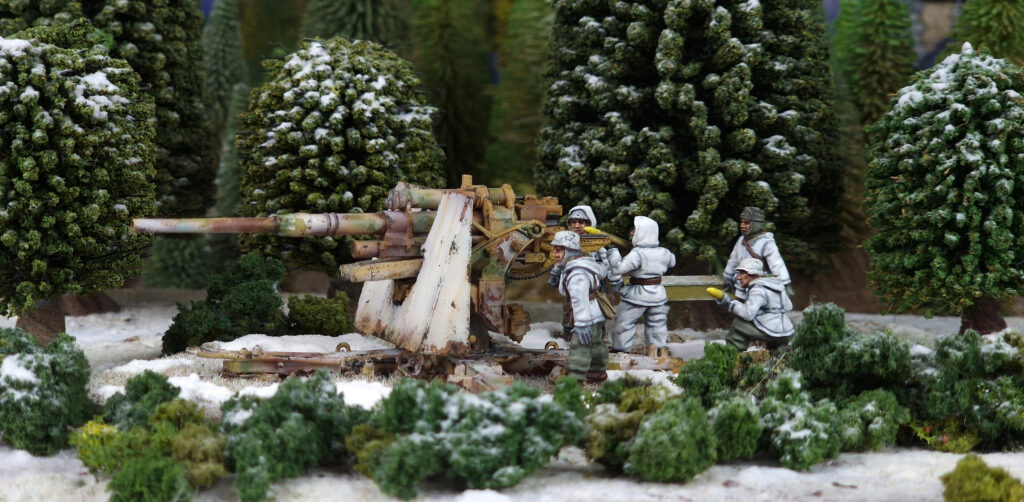
As the war progressed and the Wehrmacht began to find their smaller anti-tank guns struggling against better-armoured vehicles such as the Soviet T-34 and KV series, the FlaK 88 was increasingly deployed in the purely anti-tank role, proving an ideal weapon for the open steppes of the Eastern Front, where it could make best use of its long range. In the cramped bocage of Normandy too, it would become the terror of Allied Sherman crews, with every hedgerow suspected of containing a camouflaged battery of the lethal weapons. It also spawned a legendary tank gun, with the Kampfwagonkanone 36 developed from the FlaK 36 and used to arm the infamous Tiger I, as well as seeing naval use in a variety of ships and shore installations. Postwar it would continue in limited service, including in Vietnamese hands against US fighter jets, but would be quickly superseded by larger weapons and the first generation of anti-tank and surface-to-air missiles.
No Bolt Action German collection is complete (in this German player’s humble opinion) without a mighty FlaK 88! Quite aside from being the iconic German gun of the war, it’s also a bit of a beast on the tabletop, and virtually unique in its capabilities. Let’s pop over to Armies of Germany: Second Edition to see what we’re dealing with:
That’s a bit of a beast, right? At 170 points for Regular with a Spotter, that’s a fair chunk of your points in most games, but you definitely get a lot of bang (pun intended) for your buck. First off, it’s a Super-Heavy AT gun. With a massive range and serious Penetration Value, it’s capable of menacing enemy armour from pretty much anywhere on the table, as well as blasting enemy infantry to smithereens if it loads HE. I like to position mine on a nice tall bit of terrain somewhere in my backline, and if no target presents itself immediately, stick it on Ambush – there’s nothing better than watching your opponent desperately try to avoid having their units visible at all costs, and this gives you fantastic board control with which you can gain the upper hand. It also has the always-useful Flak rule (naturally), which is great for dealing with those pesky Air Force Forward Observers, and if that wasn’t enough it can also fire Indirect (with a spotter) as a Medium Howitzer. 170 points for a truly multi-role weapon isn’t bad at all in my book! Lastly, with a whopping great crew of seven men, all sheltered behind a gun shield, it’s surprisingly difficult to get rid of, negating one of the big downsides of some other large guns.
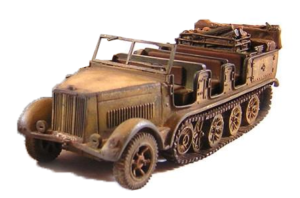
With six variants available: the Blitzkrieg FlaK 36, and 37s crewed by late-war Heer, Afrika Korps, Waffen-SS and Luftwaffe Field Division soldiers, there’s now an 88 for everyone, no matter your preferred flavour of Germans. Just remember you’ll need a tow as well to make sure it can get on to the tabletop battlefield. The absolute classic is the huge Sd.Kfz 7 half-track, but players looking to run a tight ship in terms of points can always go for a good old-fashioned mule team!
No matter what your opponent brings to the table, the FlaK 88 can handle it – get yours today!
Other articles in the Forces of Fame Series:
Bolt Action – The Tiger I; Princess Elizabeth (Jubilee Special); Japanese Special Naval Landing Force; M18 Hellcat; Centurion Mk III; British Airborne; M4A3E8 Sherman ‘Easy Eight’; German Fallshirmjäger;
Blood Red Skies – Messerschmitt Bf 110; Ki-43 II ‘Oscar’; Grumman F9F Panther; Vought F4U Corsair;
Victory at Sea – The Bismarck; Fletcher-Class Destroyers; Kongō; Yamato-class Battleships;
Pike & Shotte (& Pike & Shotte Epic Battles) – Cuirassiers; Polish Winged Hussars; Dragoons;
Black Powder (& Black Powder Epic Battles) – The Iron Brigade; 95th Rifles; Zulus;
Black Seas – HMS Victory;
Hail Caesar / SPQR – Dacian Falxmen; Hoplites;
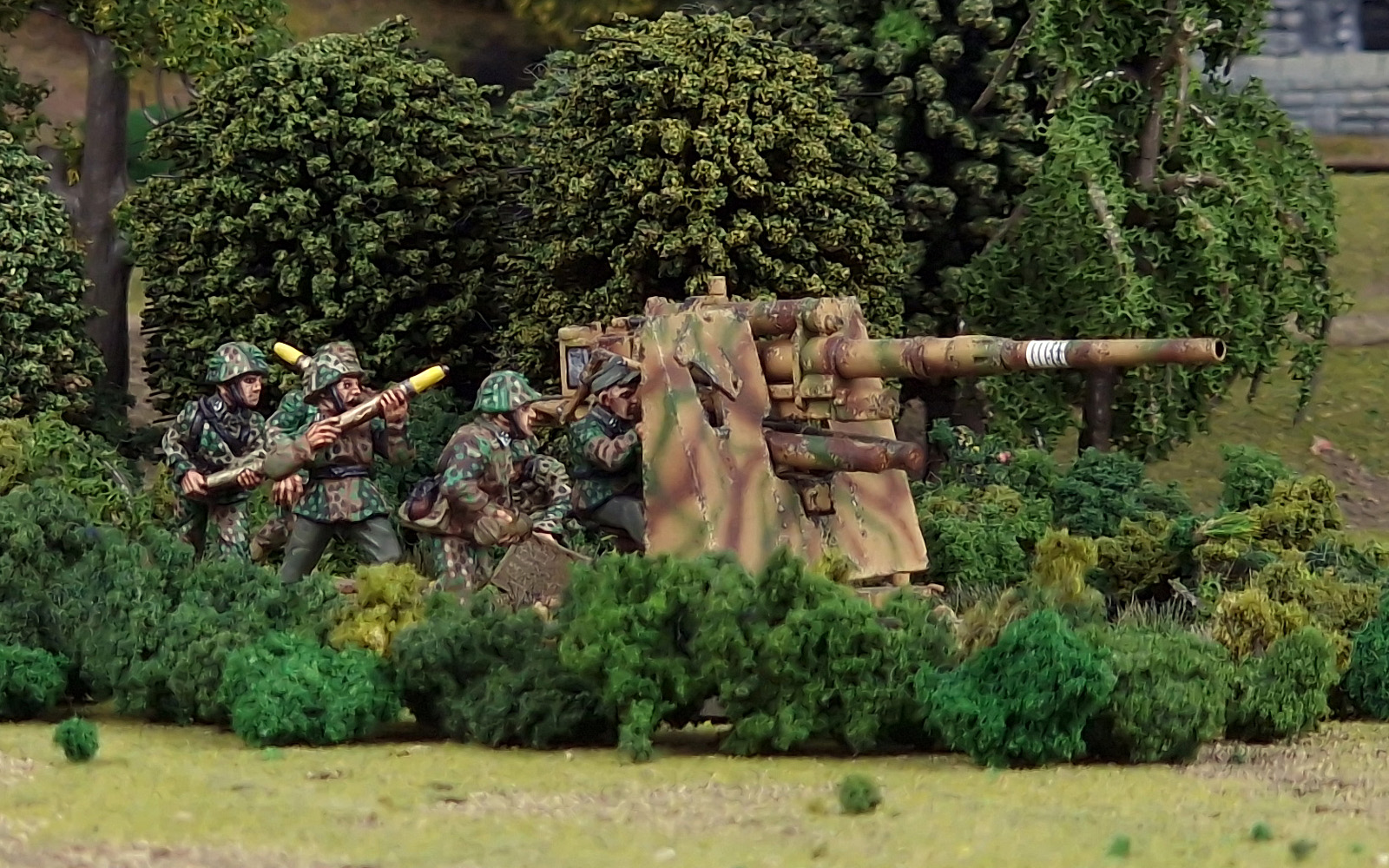
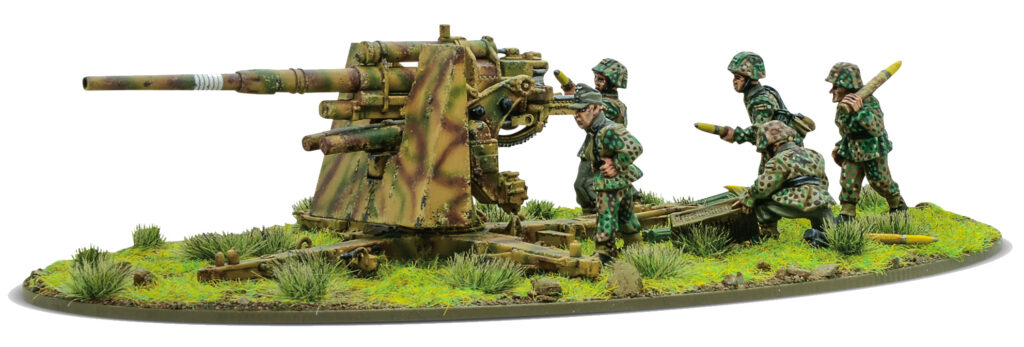
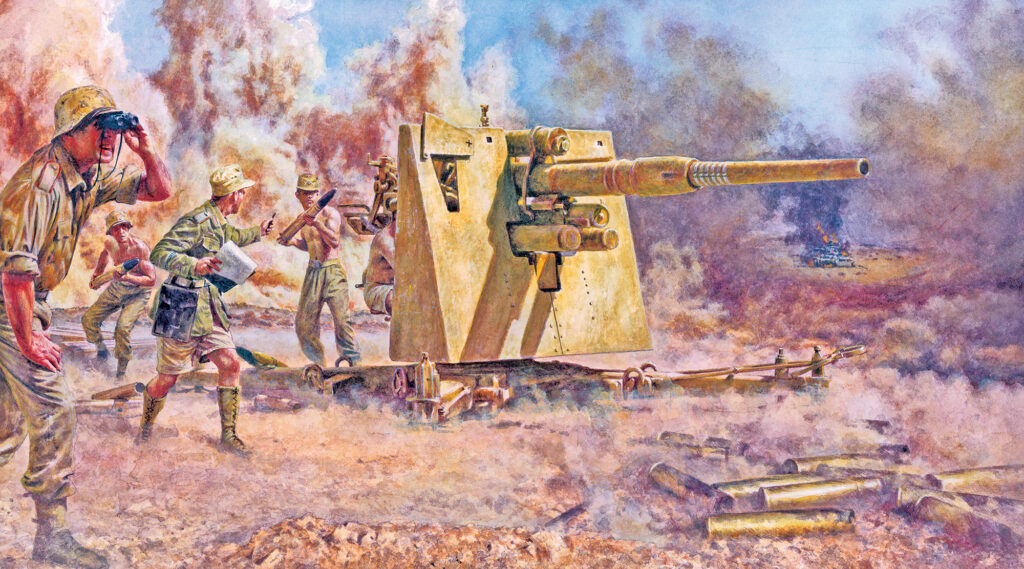
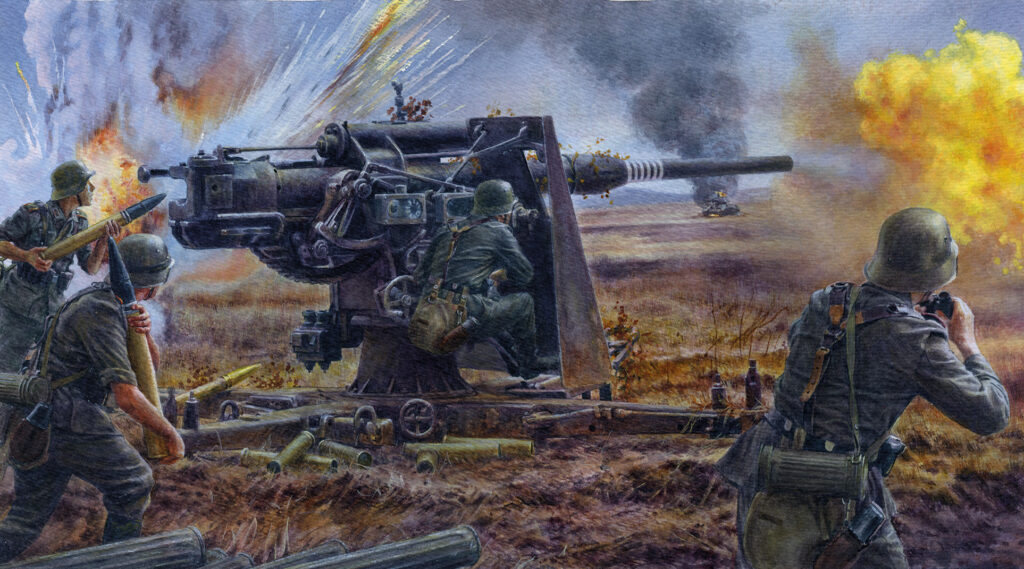

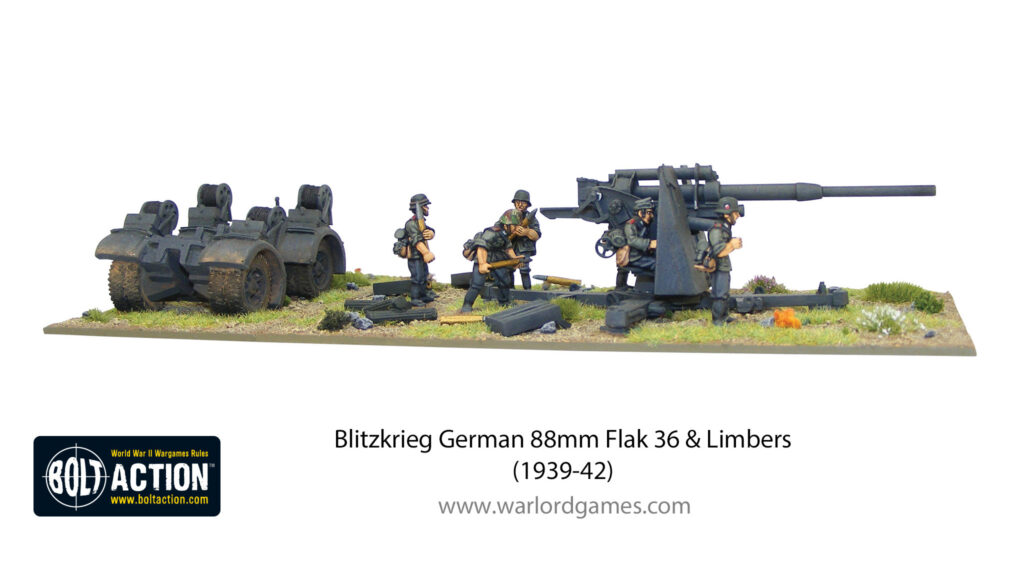
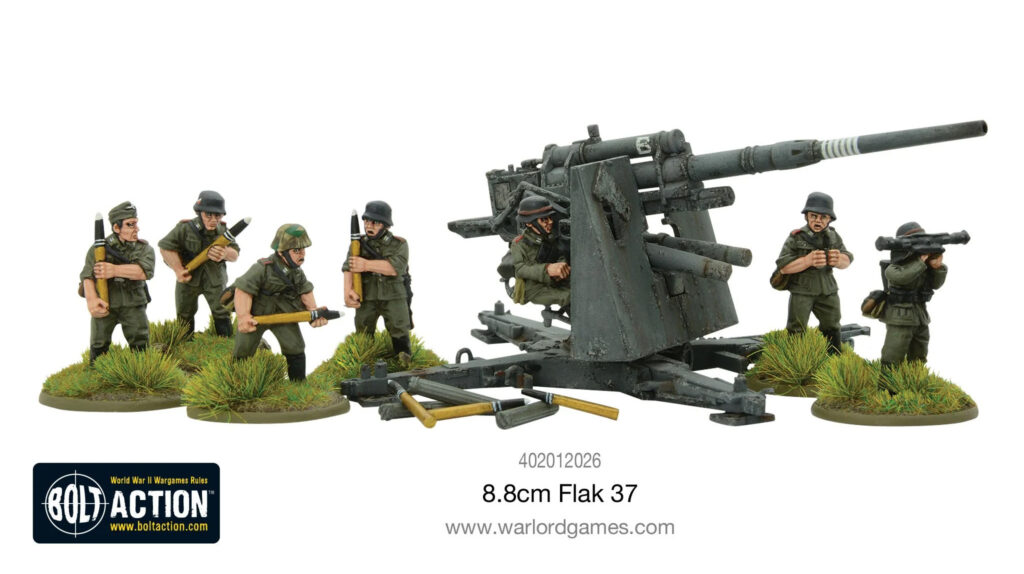
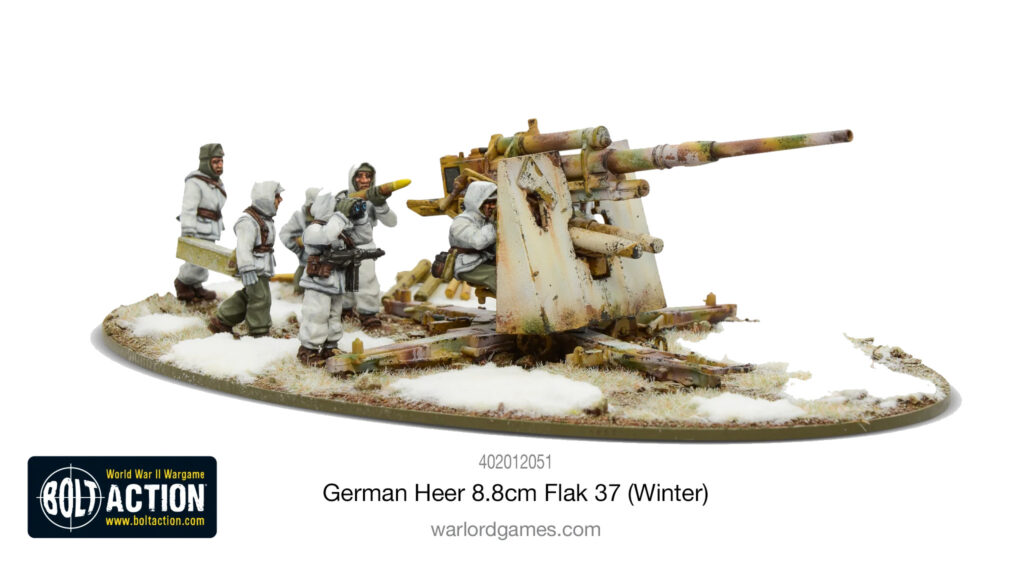
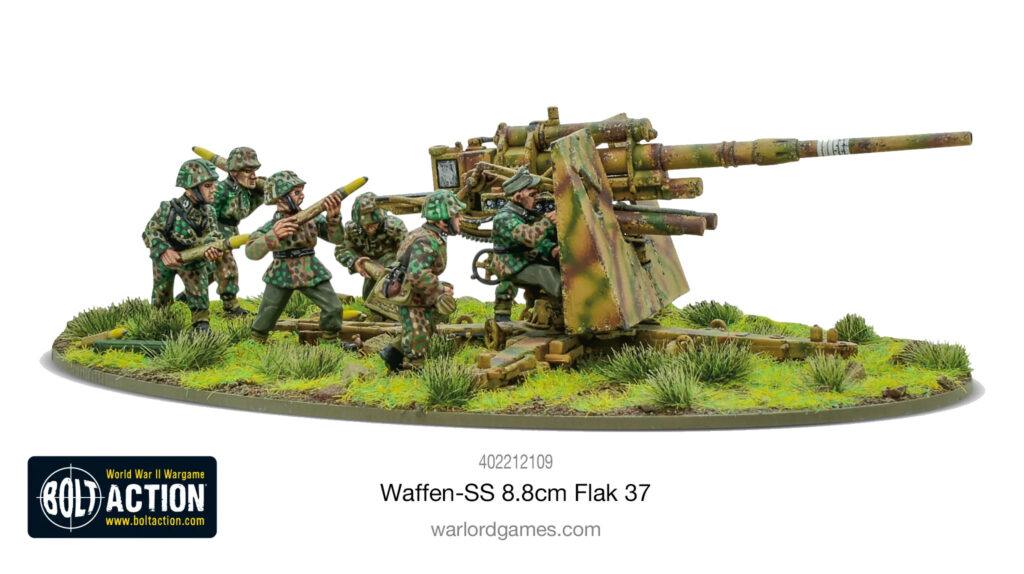
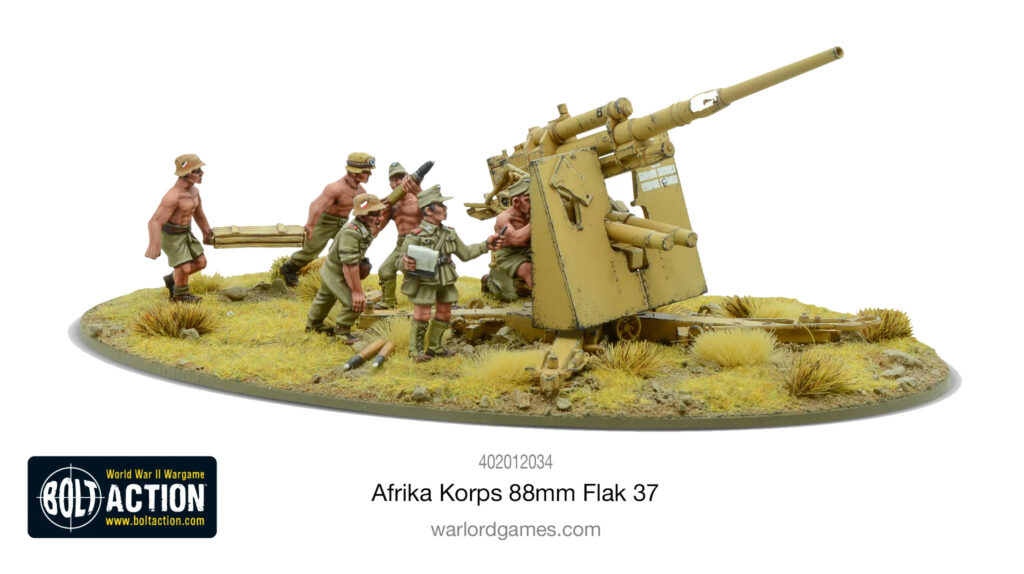
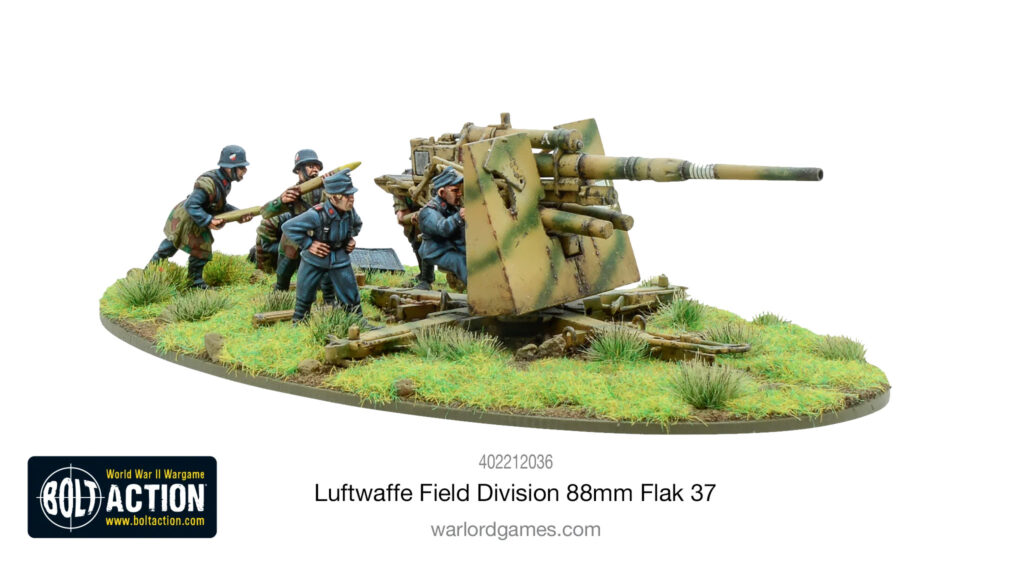
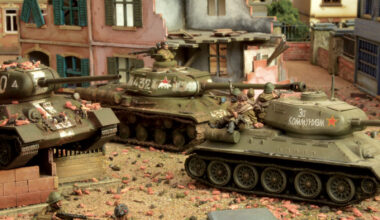
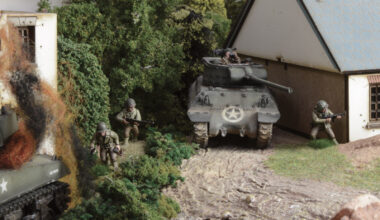
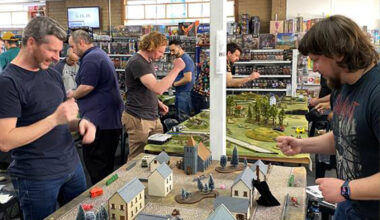
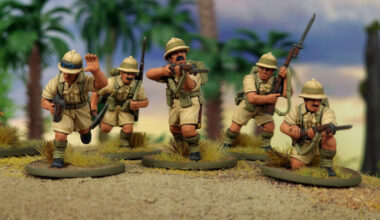
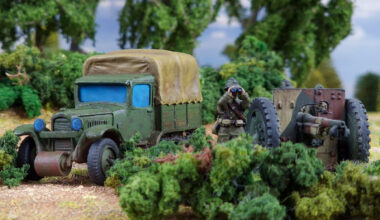
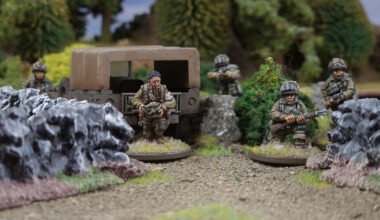
2 comments
Hi, we are discussing in our chat group which tow options are allowed in the bolt action rule set for the FlaK 36.
Someone argues that it counts as a heavy AA gun an therefore many options are suitable. Someone argues that it counts as a super heavy AT gun regarding tows and therefore only Sd.Kfz. 7, horse limbers or Landwasserschlepper are suitable.
(For a “1942 DAK Light Africa Division” List only Sd.Kfz. 7 would be available, if it counts as a super heavy AT gun.)
Which of the two is correct?
Thanks,
Roman
Hi, we are arguing in our chat group, what type of tow is required for the FlaK 36. Someone argues that it counts as a heavy AA and therefore all tows with heavy AA towing capability aree suitable. Someone argues that it counts as a super heavy AT gun regarding tows, so only Sd.Kfz 7, Landwasserschlepper and horse limbers are suitable.
Which of the two is correct?
Comments are closed.